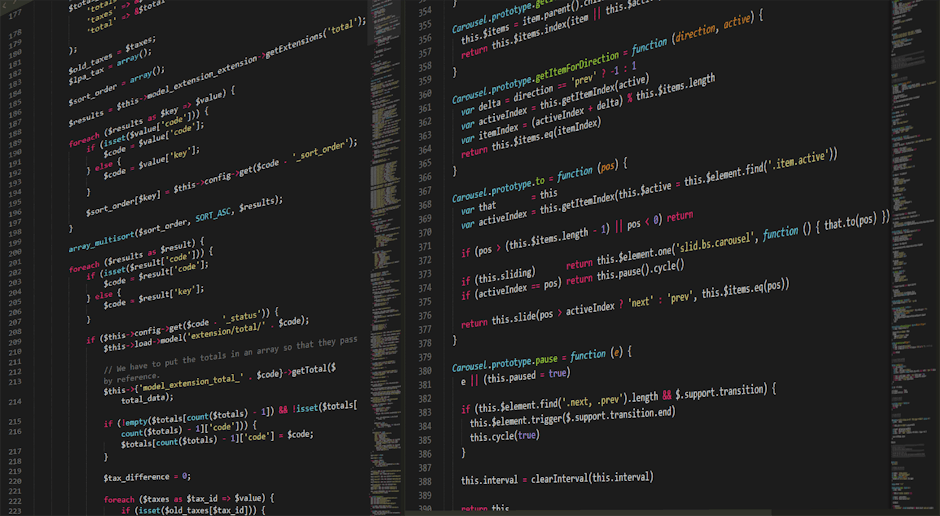
Here is the blog post, written to your specifications.
Why Command Prompt Isn’t Dead: Your Guide to CMD.EXE in 2025
So you think the command prompt is dead. A black-and-white relic from a time before mice and icons. In a world with PowerShell and the fancy new Windows Terminal, why would anyone bother with good old cmd.exe in 2025? It is because for quick, simple jobs, it’s still one of the fastest tools around.
This isn’t about writing complex scripts or managing a whole server farm. No. This is about those little everyday tasks where opening a big program feels like overkill. The command prompt is direct. It’s simple. And it’s already on your computer, just waiting.
Let’s look at some of the commands that are still super handy, the ones that save you a few clicks, and a few that might just get you out of a jam. You don’t need to be a coding genius to use this stuff, not at all. You just need to know what to type.
The Absolute Basics: Commands Everyone Forgets
Before we get into the fun stuff, we have to cover the building blocks. These are the commands for just moving around and seeing what’s there. A lot of people forget these, but they are the foundation for everything else, basically.
First up is `dir`. This command just shows you all the files and folders…where you are right now. It’s like opening a folder in Windows Explorer, but way faster if you’re already in the black box.
Then there’s `cd`. This stands for “change directory.” This is how you move from one folder to another. If you see a folder named “MyStuff” when you type `dir`, you just type `cd MyStuff` to go inside it. To go back up, `cd ..` is the command you need.
Sometimes the screen gets really messy with old commands and text. To fix that you use `cls`. It clears the screen completely. It gives you a nice clean slate to work with.
And if you want to make a new folder, you dont have to right-click. Just type `mkdir NewFolder` and boom, a folder named “NewFolder” appears. Super quick for organizing your stuff on the fly.
Networking Stuff That Just Works in CMD
Okay networking. This is where CMD is still super handy for a quick check-up. These commands are direct and give you the information you need without any fuss. No need to click through five settings windows.
The king of network commands is `ipconfig`. What’s my IP address? That’s what `ipconfig` is for. It tells you your computer’s address on the local network. Normally it’s a number like 192.168.1.10.
Next is `ping`. This is how you check if another computer or website is online and responding. Typing `ping google.com` sends a few little packets to Google’s servers. If they send packets back, you know your internet connection is working, at least that far.
Sometimes you want to see the path your data takes to get to a website. For that, you use `tracert`. It shows you every “hop” your connection makes across different routers to reach its destination. It can be useful for figuring out where a connection problem is.
A Deeper Look at ipconfig
`ipconfig` on its own is good, but it has some friends that make it even better. These are called switches, and you just add them to the end of the command.
`/all`: Typing `ipconfig /all` gives you way more information. It shows you MAC addresses, DNS server info, and all kinds of other network details.
`/release`: This command, `ipconfig /release`, tells your computer to let go of its current IP address. Sometimes your connection gets stuck, and this is the first step to fixing it.
`/renew`: After you’ve released the address, `ipconfig /renew` asks your router for a new one. The release/renew combo fixes a surprising number of network issues.
System and File Management Like a Pro (Sort Of)
Beyond just looking at things, CMD can actually do some work for you. It can check your system for problems, manage programs that are running, and handle files in a pretty direct way.
This is a command that is considered to be one of the most useful for when things go wrong, it checks your main system files. The command is `sfc /scannow`. It’s the System File Checker, and it looks for any corrupted Windows files and tries to fix them. You have to run it as an administrator.
Another check-up tool is `chkdsk`. This one checks your hard drive for errors. Just typing `chkdsk` will show you the status, but to actually fix problems, you’d type something like `chkdsk C: /f`. It will probably ask to run when you next restart your computer.
Forcibly Closing That Stuck Program
Ever had a program freeze and Ctrl+Alt+Delete doesn’t even work right? Command Prompt can often kill it. First, you need to find the program’s name.
Type `tasklist` to get a full list of everything running on your computer. Find the name of the program that’s stuck, like `stuckapp.exe`. Then, you use `taskkill` to shut it down.
To kill a program by its name: `taskkill /IM stuckapp.exe /F`
The `/IM` part means you’re giving it an “image name.”
The `/F` part means you want to “forcefully” terminate it. It’s the heavy hammer approach.
A Few More Tricks Up Your Sleeve
Here are just a couple more commands that you might not use every day, but are good to know exist. They can give you a bunch of information really quickly, which is always nice.
The `systeminfo` command is exactly what it sounds like. It spits out a ton of info about your PC. This includes your Windows version, how much RAM you have, your processor, and when the operating system was installed. It’s a quick system overview.
Want to see all the drivers installed on your machine? The command for that is `driverquery`. It lists them all out, which can be useful if you’re troubleshooting a hardware problem.
And of course, the classic remote shutdown. You can restart or shut down your own computer with a command like `shutdown /r /t 0`. The `/r` means restart and the `/t 0` means do it now, with a timer of 0 seconds.
Frequently Asked Questions (FAQ)
Q1: How do I open Command Prompt as an administrator?
A: Easy one. Click the Start button, type “cmd”, and then right-click on “Command Prompt” in the search results. Choose “Run as administrator.”
Q2: Can I copy and paste in CMD?
A: Yes. Modern versions of CMD make this simple. To copy, just highlight text with your mouse and press Ctrl+C. To paste, just right-click in the window or press Ctrl+V.
Q3: What’s the real difference between CMD and PowerShell?
A: Generally, CMD is simpler and uses basic commands. PowerShell is a much more powerful shell that can handle complex scripts and automation. For the quick tasks in this post, CMD is often faster to type.
Q4: How do I find a specific file on my whole computer using CMD?
A: You can use the `dir` command with a switch. Type `dir C:\filename.txt /s /p`. This will search the entire C: drive (`C:\`) for `filename.txt`. The `/s` tells it to look in all subdirectories, and `/p` pauses after each page of results.
Q5: How do I cancel a command that is running?
A: If a command is taking too long or you made a mistake, you can usually stop it by pressing Ctrl+C. This will cancel the current operation and give you a new command line.
Key Takeaways
The Command Prompt is still a fast tool for simple, direct tasks in 2025.
For basic networking checks like `ipconfig` and `ping`, it’s often quicker than navigating through menus.
System tools like `sfc /scannow` and `taskkill` are powerful problem-solvers you should know.
Knowing just a handful of commands can make you seem like a computer wizard to your friends and family.
It’s not about replacing PowerShell; it’s about using the right tool for the job. And sometimes, the old tool is the best one.





